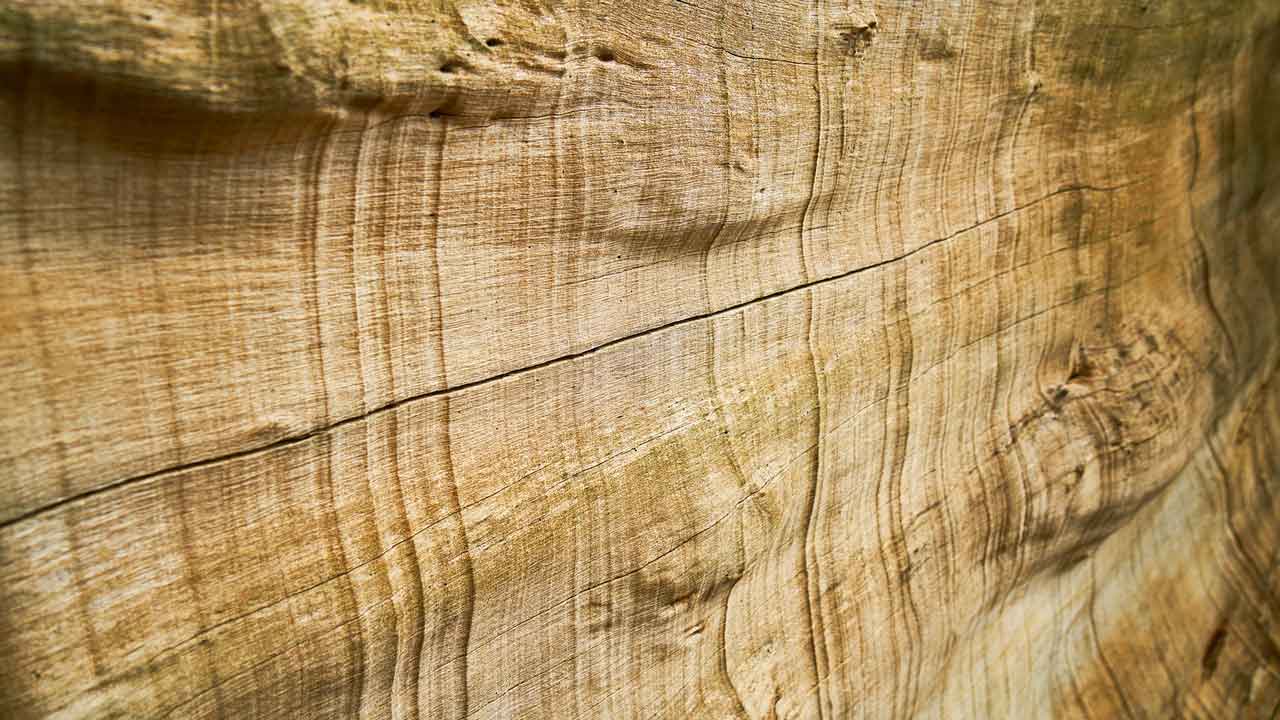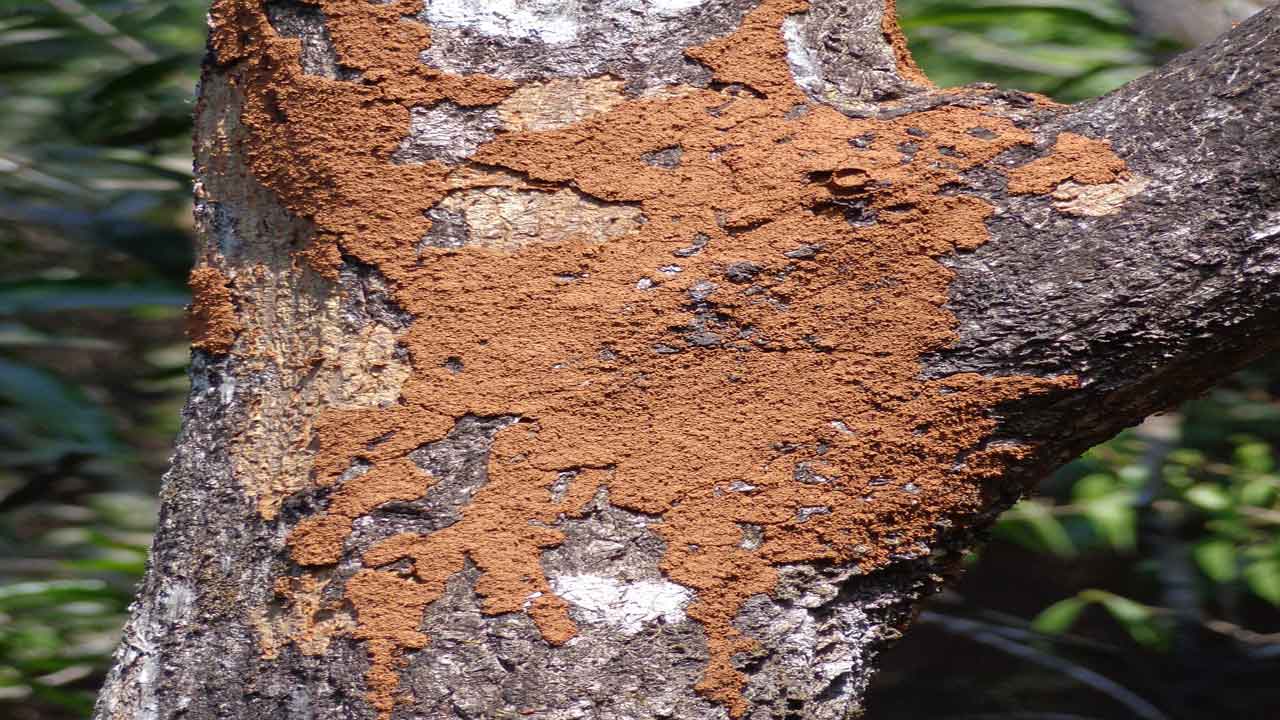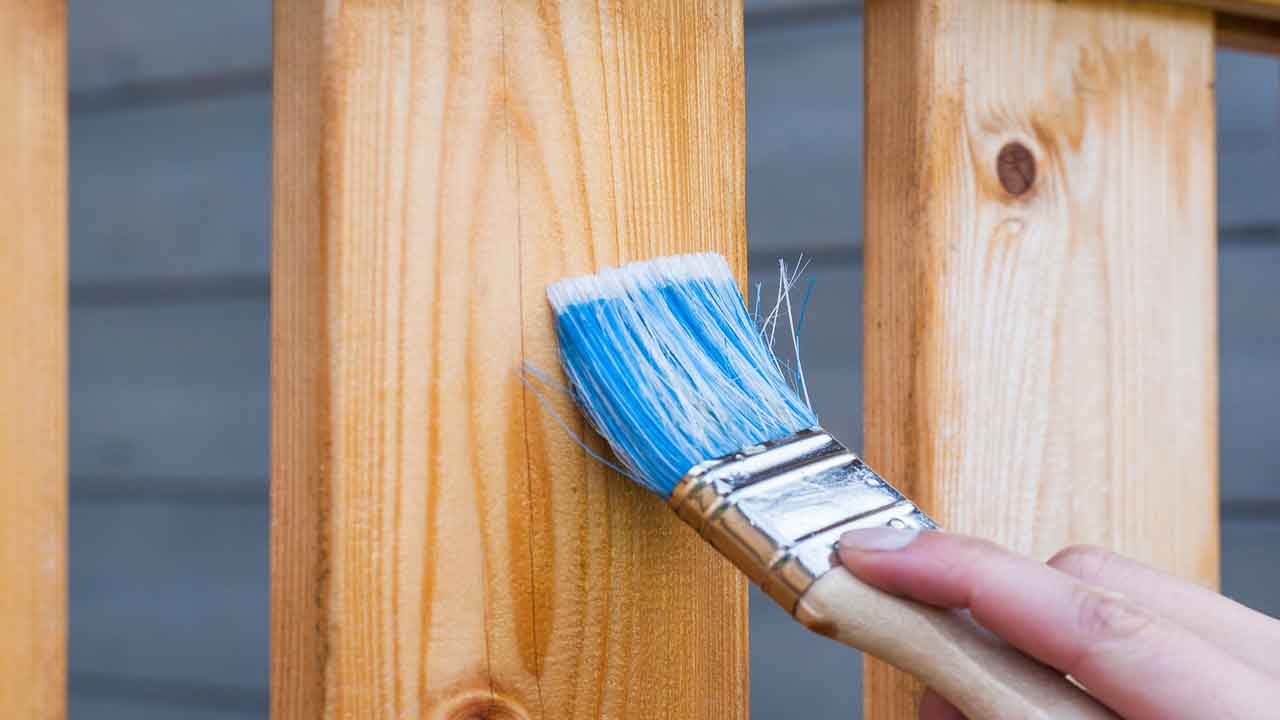Deterioration and Preservation of Timber and Wood.
In this article, you’ll know different methods of preservation of timber and wood.
Timber is, after all, an organic material and may deteriorate and decay with the passage of time.
The deterioration becomes rapid in the presence of certain conditions.
Thus in moist conditions which allow growth of small insects and plants on the wood tissue, ‘rotting’ of timber is a natural process.
The ‘White rot,’ the ‘brown rot,’ the blue stain, and the mold are all names of timber decaying processes in which fungi attack the cell walls of wood tissue for their own food and destroy it.
Among the insects, the termites “eat” hundreds of cubic meters of wood tissue every day over the world to sustain their own life.
They make holes into the wood and live in the wood cells.
Preservation of timber against these decaying agencies requires careful selection of the environment where wood is to be used: dry and properly protected from rain and wind and direct sun.
The durability of timber can be considerably increased by treating it with certain chemicals, grouped together as preservatives, before use.
These chemicals inhibit the growth of fungi or insects over the treated wood for certain length of time.
The preservatives may be water solvable salts or oil solvable salts or volatile base salts.
Examples are zinc chloride, coal tar, creosote oil, and creosote petroleum blends respectively.
The preservatives can be applied on the surface by brush, or when more prolonged effects are required, the treatment may involve dipping, keeping submerged in the preservative tank (open tank application) or injecting the preservative under pressure into the cells of the timber.
In the latter process, there are two variations: the full cell process and the empty cell process.
In the first case, a vacuum is created while the timber is in the tanks. Then preservative is introduced under pressure which is virtually sucked by the wood.
In the empty cell process, no vacuum is created in the beginning. Instead, timber placed in the pressure vessel is subjected to initial pressure while preservative is being introduced.
The main advantages of pressure processes are that they ensure a proper and deeper penetration of preservative into the timber in a controlled manner.
At the same time, they are very costly processes which could be thought of for special uses only.
Charring, i.e., half-burning the portions of timber that is to be embedded on the ground is as yet a common method to save timber posts and poles from attack by termites and other ground born insects.
Read More: Seasoning of Timber and Wood : Its Methods, Objectives.
While using timber in construction, the engineer is always concerned with the problem of decay and deterioration of timber with age.
This problem may be discussed under two headings: causes of deterioration and preservation of timber.
Causes of Decay of Timber.
(a) FUNGI.
The decay of timber is attributed in most cases to small plants and organisms that live on and spread within the timber.
A special type of organism, called fungus (plural fungi) starts growing on the timber, especially when it is placed on a moist ground or is used in a damp situation.
Three main types of fungi are known to destroy the wood tissue and cause its decay.
These are:
- The White Rot. This type of fungus destroys (by consuming) the lignin part of the cell tissue leaving behind the fluffy light-colored cellulose part in rotten form.
2. The Brown Rot. Unlike white rot, it eats up (and destroys) the cellulose part of the cell tissue leaving behind brownish lignin part in a rotten form.
3. The Blue Stain. It is a fungus that lives on sugars and starch in the cell tissue. Such a fungus cause staining or discoloration of the original board.
4. Mold. It is a cotton-like growth of fungus spread over various parts on the surface of the board. It may not spoil the inner portions of the wood, but its appearance on the surface is also quite displeasing.
“Dry” rot and “Wet” rot are the names given to decay-causing fungi.
The first group attacks wood stored in places where there is no circulation of air.
The wet rot, however, requires the presence of moisture for its growth.
(b) INSECTS.
A few types of insects can spoil huge quantities of timber within a short time of few years.
The white ants so commonly found attacking wood furniture in homes are the best example.
The white ants belong to a group of insects called termites.
Other insects that attack timber are: pole-borers and marine-borers or ship worms.
Decay by termites is encountered commonly in timber used in building construction.
The marine borers attack the wooden base of ships in the sea.
The following few facts are interesting and noteworthy regarding decay of timber:
1. No timber variety is immune to attack by fungi or insects. The environment of use, however, may favor or disfavor the decay. Moist conditions invariably invite decay.
2. The strength of timber has no relation towards its resistance to decay.
3. The effects of the attack by such organisms often become observable only after some time, when the timber has already been diseased.
At that time timber becomes friable, spongy, pitted, stained and even exceptionally soft. Its color, structure, and appearance all get changed for the worse.
Preservation of Timber.
Various methods have been used for the preservation of timber from decaying.
The main objectives of such treatment are to ensure a longer, trouble-free life of timber.
There are three types of methods used for preserving timber:
1. Application of some chemical substances (called the preservatives) on the surface of the timber.
2. Injection of the preservatives into the body of the timber;
3. Construction of protective coverings or shields around timber used in construction.
You’ll know each of these methods in some detail. First of all, we should know about a suitable preservative and its qualities.
A Preservative is defined as a chemical compound that when used on or injected into the timber makes the timber ‘poisonous’ for insects and fungi without effecting the structural properties of wood and timber.
All the wood preserving chemicals are classed under three groups :
(i) The Oil-Soluble Salts. Such compounds are soluble only in oils. The most commonly used wood-preservative coal tar creosote oil belongs to this category.
It is obtained by destructive distillation of coal.
Following are important qualities of this preservative:
1. It has a high degree of permanence, i.e., it stays within the cells for quite a long time.
2. It penetrates quickly and easily into the wood tissue.
3. It is highly destructive for “fungi.”
Among the negative properties of coal tar Creosote preservative, the most important is its unpleasant appearance.
Moreover, it does not paint over it. Further, it has a bad smell.
Hence it finds a use for preserving timber parts that are external to the living rooms.
(ii) The Water-Soluble Salts. Such salts make an easy solution with water. There is an advantage in it. They can be easily dissolved and used.
But there is a disadvantage too. These can be easily “washed away” if the timber happens to be in moist condition.
Among the water-soluble salts are included: zinc chloride, copper sulfate, sodium fluoride, sodium fluosilicates, sodium dintrophenoxide, and compounds of arsenic.
(iii) Volatile base salts are those which make solutions with substances like petroleum. The creosote petroleum blends are the typical example of this category.
Methods of Preservation of Timber.
Preservatives are used by different methods depending upon the extent of preservation required. Starting from the simplest to complex, these are:
- Brush applications,
- dipping,
- open tank immersion,
- and pressure application.
(1) Brush Application;
In this method, timber is given one or two coats of the preservative with the help of a brush.
This is used for painting the ends of beams or base of poles and posts that go to the ground with coal tar.
The method is quite cheap. At the same time, it is not very effective.
(2) Dipping Application;
The timber part to be treated is made to dip in the preservative and kept immersed in it for various periods from a few hours to few days.
It is used when organic preservative solvents are to be applied.
Read More: Defects in Timber | Its Types, Reasons.
(3) Open Tank Application;
In this method, the timber is kept immersed in a suitable metallic tank of proper size till a proper saturation is obtained.
To ensure deeper penetration of the preservative, the tank is heated while the timber is immersed in it.
The temperature of preservative is brought to 70°-80°C, and it is kept at that temperature for several hours.
After this, the timber is allowed to cool within the tank in the presence of a preservative.
In this way, the timber may actually suck a lot of preservatives and ensure complete penetration.
Softwoods (confiners) receive this type of treatment in a remarkable manner because their cells are more permeable.
The treatment has the disadvantage that it increases the weight of the treated timber considerably.
Watch the Video for better understanding of Preservation of Timber.
(4) The Pressure Process;
This is the best and commonly applied method for preservation of timber of costly varieties. It involves the passage of preservative into the timber under pressure.
This is achieved by either Two Process.
The Full-Cell Process. The timber is placed in a large steel cylinder acting as a pressure vessel.
Vacuum is created and maintained for about one hour or more.
After this, coal tar creosote oil or any other suitable preservative, preheated to a required temperature, is forced into the cylinder under sufficient pressure.
This is continued till the required quantity of preservative has been introduced into the timber.
Thereafter, the pressure is reduced, and after giving some vacuum, timber is taken out.
In the empty cell method, no vacuum is created in the beginning.
Instead, timber placed in the pressure vessel is subjected to initial pressure while preservative is being introduced into the cylinder.
Once the vessel is full of preservative, full pressure is applied which forces the preservative from the tank into the timber.
After this, the pressure is released. This causes the air compressed in the cells of timber to come out along with any excessive preservative.
The main advantage of pressure processes (of one type or another) is that they ensure a proper and deeper penetration of preservative into the timber in a controlled manner.
Even those timbers which may not absorb preservatives in the open-tank process can be filled with preservatives by this method.
The main disadvantage is that these are as yet costly processes involving the use of pressure vessels and require skilled operators for better results.
Charring. It is a common method used for preserving timber poles and posts that are to be dug into the ground.
The outer part of the lower ends is charred (incompletely burnt) before insertion into the ground.
The charcoal layer so formed is an easy safeguard against attacks by fungi or termite (as these organisms do not find any food in charcoal).
Termite Shields. The base of major timber columns may be preserved against organic attack by constructing a suitable barrier between the timber and the ground.
These barriers of proper design and shape are called termite shields.
Thanks! for Reading “Preservation of Timber.” Don’t forget to share it.
Read More: Properties of Wood and Timber used in Construction.



Good work.
Thank you for saving my stydy
I got & i have undertood it well
Its explanatory.
Thanks
Unhappy right now because teens are supposed to be respective of what they need.
Please take that down sorry, because I’m just stressed so I’m really sorry for saying that. Your work was actually outstanding and very brilliant and helped me improve on my work. thank you so much for this great website that everyone uses, I hope to see this website more in population and almost everyone gets something out of this web search just like me and thank you once again for this loving improvement.